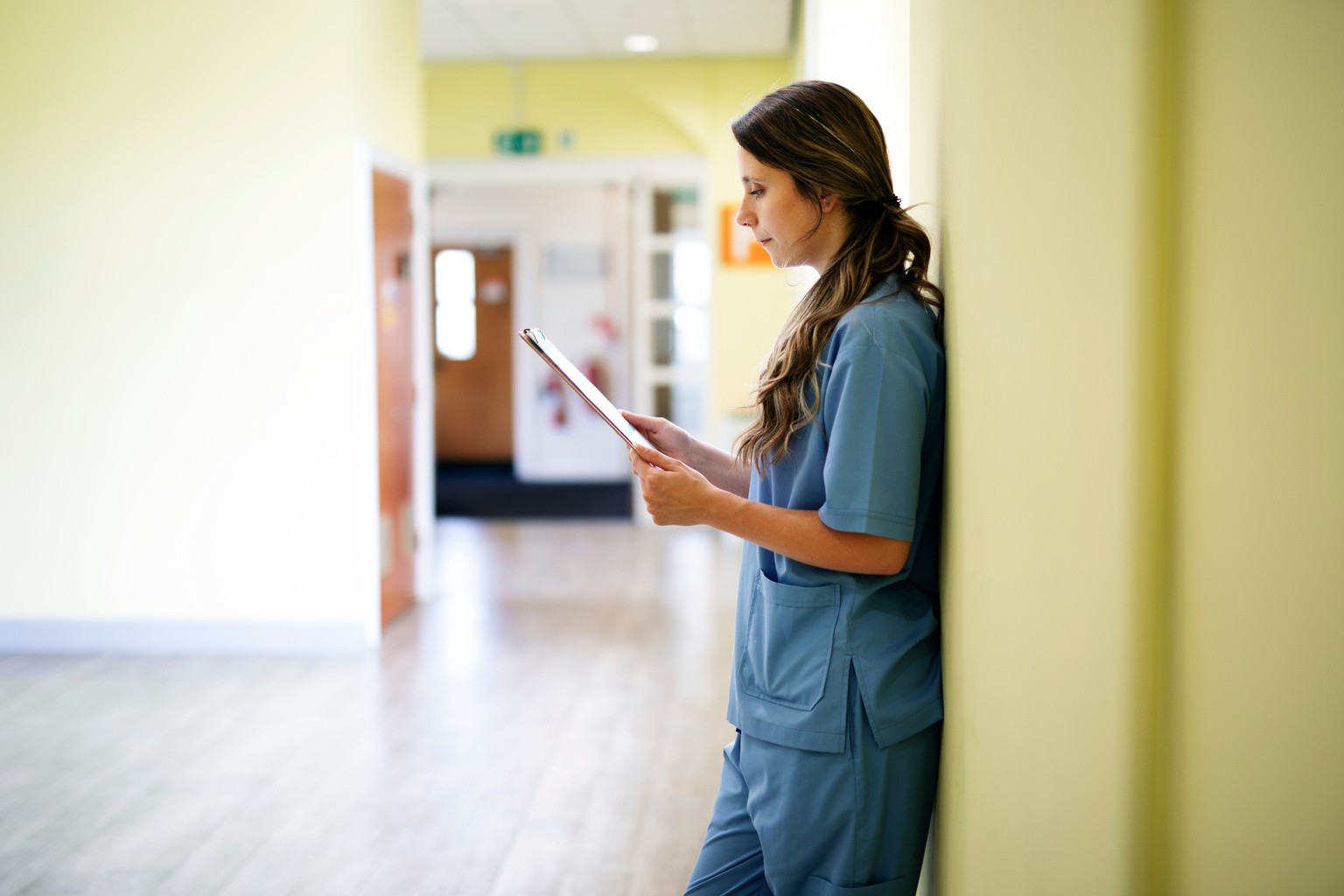Infection prevention staffing challenge
Highlights from the State of the IP Profession: Findings from the 2020 APIC Megasurvey1 were presented at the June 2021 APIC Virtual Conference. Monika Pogorzelska-Maziarz, PhD, CPH, CIC, and Diana Cervantes, MS, DrPH, CLS(MB), CIC, presented some sobering findings. A significant number of infection practitioners are rapidly moving toward retirement. 38% of IPs in the U.S. are over age 55 (32% are between ages 55 and 65; an additional 6% are over the age of 65).
This study does not reflect the steadily increasing turnover rate of infection preventionists in hospitals with the onslaught of the COVID-19 pandemic. Many infection preventionists have been working around the clock throughout the pandemic, and fatigue has set in. As a result of this higher turnover, more hospitals are without infection preventionists, or are hiring clinicians new to the practice of infection prevention.
These new IPs are faced with learning infection prevention principles, practices, and regulatory reporting requirements, including NHSN submission. Many are looking to tools and technology to support them in ramping up quickly and streamlining their workflow.
At Wolters Kluwer, we are collaborating with our customers to explore unique ways in which IP teams can leverage tools, like Sentri7® Infection Prevention, to address these challenges. IP teams at health systems with multiple hospitals are using Sentri7 to address the issues of inadequate IP staffing, as well as guide newer or novice IPs, without the need to travel to that facility. They are doing this through remote, virtual mentoring and training, virtual monitoring of infection-related data, and virtual staffing and support.
Remote, virtual mentoring and training of infection preventionists
While not being well versed in NHSN HAI definitions, the novice IP can complete an HAI form in Sentri7, with Sentri7 providing automated guidance. A proprietary validation mechanism will alert the IP that their documentation does not align with the NHSH HAI definition, and identify the specific error or omission. Subsequently, Sentri7 will not allow electronic submission of forms to NHSN if the definition is not met in the completed form.
In addition, a mentor, such as a regional director of IP, or a seasoned IP at a sister hospital, can assist, guide, and train the novice IP via Sentri7. With the proper approval, the mentor can be granted direct access to another hospital’s Sentri7 information through a secure Virtual Private Network (VPN). A list of cases the novice IP needs to discuss with his or her mentor is automatically populated. The mentor can review the HAI forms and notes with the novice and provide guidance on the proper conclusion regarding HAI definitions, how to directly submit HAI forms, LabID forms, device day information, and denominator information to NHSN. We have also seen the mentor reviewing the novice's forms and notes at his or her convenience and leaving notes within the HAI form for the novice to review.
Remote, virtual monitoring of infection prevention data
Sentri7 facilitates secure, remote review of pertinent infection prevention data by regional or national IP directors. This data can be viewed at various levels including:
- Individual hospitals
- Hospitals at a regional level
- Hospitals at a national level within the hospital system
- Includes SIRs for C. diff, CLABSIs, CAUTIs, SSIs
Remote, virtual staffing and support
In many instances, directors or assigned IPs have provided remote surveillance at hospitals where there is no infection preventionist. In one case, this approach has continued for over a year, until a new IP could be hired. At that point providing the remote surveillance shifted to the role of mentor who then assisted the new IP in their onboarding and establishing their daily surveillance using Sentri7.
In another example, a health system had several hospitals in a state that was a COVID-19 “hot spot”. The IPs in those hospitals were overwhelmed with keeping up with the daily surveillance, and the management and reporting related to COVID. They were not able to keep up with their usual daily HAI surveillance activities, even with all the automation Sentri7 affords an IP. During this time, IPs from several sister hospitals from a different region of the country that was less impacted by COVID at the time offered to remotely assist with those duties via Sentri7.
A long road ahead - the path forward
With the current staffing outlook, combined with the stresses on the healthcare system with COVID-19, infection prevention teams benefit from leveraging tools, like Sentri7, to create efficiencies in their roles. By collaborating with clinical experts from Wolters Kluwer, they can identify strategies like remote monitoring, remote staffing, and remote mentoring and training to address these challenges head-on.
1. Pogorzelska-Maziarz M. State of the IP Profession: Finding from the 2020 APIC MegaSurvey. Oral presentation at: Association for Professionals in Infection Control and Epidemiology; June, 2021.





